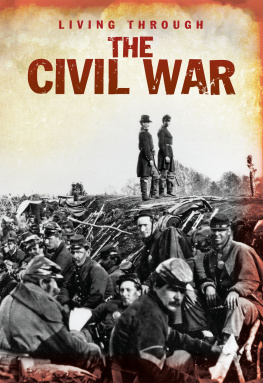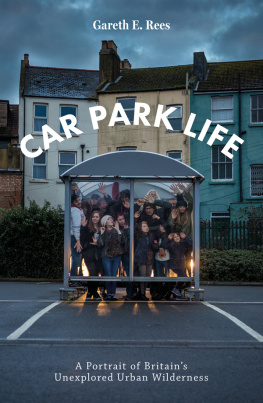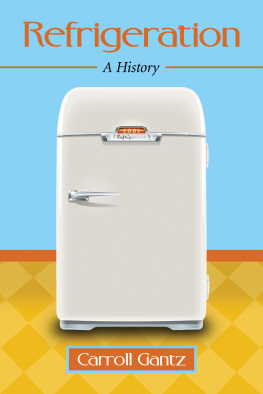Jonathan Rees - Before the Refrigerator: How We Used to Get Ice
Here you can read online Jonathan Rees - Before the Refrigerator: How We Used to Get Ice full text of the book (entire story) in english for free. Download pdf and epub, get meaning, cover and reviews about this ebook. City: Baltimore, year: 2018, publisher: Johns Hopkins University Press, genre: History. Description of the work, (preface) as well as reviews are available. Best literature library LitArk.com created for fans of good reading and offers a wide selection of genres:
Romance novel
Science fiction
Adventure
Detective
Science
History
Home and family
Prose
Art
Politics
Computer
Non-fiction
Religion
Business
Children
Humor
Choose a favorite category and find really read worthwhile books. Enjoy immersion in the world of imagination, feel the emotions of the characters or learn something new for yourself, make an fascinating discovery.

- Book:Before the Refrigerator: How We Used to Get Ice
- Author:
- Publisher:Johns Hopkins University Press
- Genre:
- Year:2018
- City:Baltimore
- Rating:5 / 5
- Favourites:Add to favourites
- Your mark:
Before the Refrigerator: How We Used to Get Ice: summary, description and annotation
We offer to read an annotation, description, summary or preface (depends on what the author of the book "Before the Refrigerator: How We Used to Get Ice" wrote himself). If you haven't found the necessary information about the book — write in the comments, we will try to find it.
During the late nineteenth and early twentieth centuries, Americans depended upon ice to stay cool and to keep their perishable foods fresh. Jonathan Rees tells the fascinating story of how people got ice before mechanical refrigeration came to the household. Drawing on newspapers, trade journals, and household advice books, Before the Refrigerator explains how Americans built a complex system to harvest, store, and transport ice to everyone who wanted it, even the very poor.
Rees traces the evolution of the natural ice industry from its mechanization in the 1880s through its gradual collapse, which started after World War I. Meatpackers began experimenting with ice refrigeration to ship their products as early as the 1860s. Starting around 1890, large, bulky ice machines the size of small houses appeared on the scene, becoming an important source for the American ice supply. As ice machines shrunk, more people had access to better ice for a wide variety of purposes. By the early twentieth century, Rees writes, ice had become an essential tool for preserving perishable foods of all kinds, transforming what most people ate and drank every day.
Reviewing all the inventions that made the ice industry possible and the way they worked together to prevent ice from melting, Rees demonstrates how technological systems can operate without a central controlling force. Before the Refrigerator is ideal for history of technology classes, food studies classes, or anyone interested in what daily life in the United States was like between 1880 and 1930.
An in-depth portrayal of a once-indispensable, life-changing technology, the former existence of which is as unknown to most of us as that of the telegraph or canal is to todays undergraduates. . . . Rees synthesizes considerable archival research and presents interpretations of importance to scholars. . . . Before the Refrigerator is as refreshing as ice water on a hot summer day. Journal of American History
This fact-filled book explains how ice became an American necessity by the early twentieth century. Students in business history and history of technology courses will be fascinated to learn how macrobreweries made lager into Americas favorite beer, how cocktails became commonplace, and how burly men used to lug giant blocks of ice into American kitchens. Shane Hamilton, author of Trucking Country: The Road to Americas Wal-Mart Economy
Jonathan Rees: author's other books
Who wrote Before the Refrigerator: How We Used to Get Ice? Find out the surname, the name of the author of the book and a list of all author's works by series.










